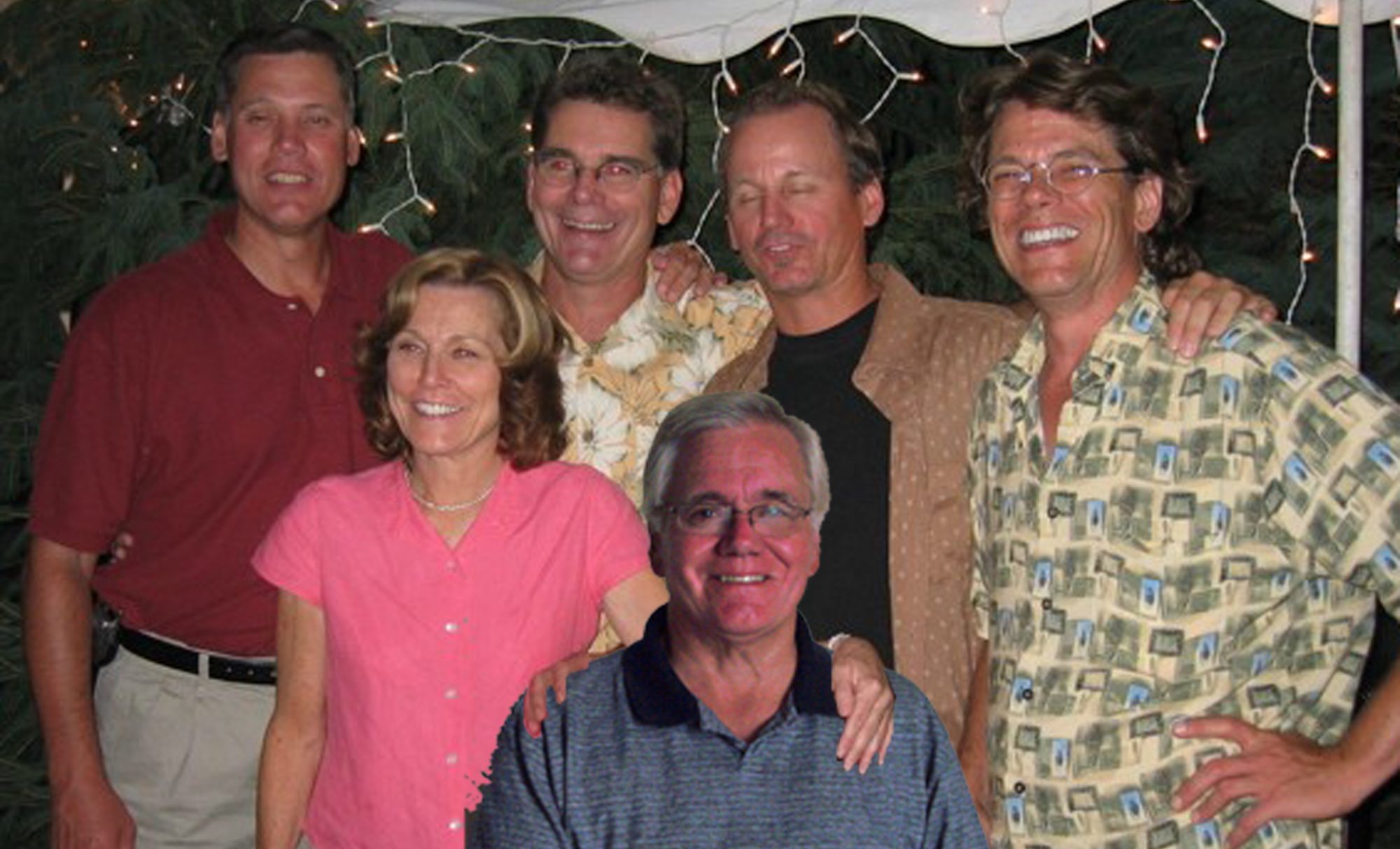A good friend of mine just went through a most harrowing experience. Tom Minsker is one of my regular golfing partners. We usually play together 3-4 times a week. Two weeks ago today, he returned to town from 10 days down in Myrtle Beach. When he got up on Monday his back was bothering him. Tom didn’t think much of it. He’s had some hip and back problems recently and just figured the long drive back from Myrtle just exacerbated something.
He had a regular check up with his doctor scheduled for Monday morning to make sure there were no complications with the steroids he’s taking for his hip. He mentioned the back pain to his doctor and the doctor agreed that it was probably from the drive but said if it got worse to come back in.
After the doc said the meds looked like they were working well, Tom headed back home. But the back pain persisted. By about three in the afteroon, Tom decided to head back to the doctors. After getting in his car and pulling out of the driveway though, he decided the pain was enough he ought to just head to the emergency room.
When he got there they signed him in, got his personal info, and directed him to the triage nurse. The nurse took a quick look at Tom and could see he was in considerable pain so she called him in ahead of a couple of other patients. A doctor looked at Tom and sent him to get a CAT scan, saying that he’d be back with the results in about 30-35 minutes.
15 minutes later the doctor came hurrying down the hall and told Tom he had a problem that needed immediate attention but that they weren’t prepared to handle it at the local hospital. He said that the nearest hospital with the right facilities was Geisinger in Danville which is about 75 miles away. Tom asked who he should get in touch with at Geisinger and how he should go about scheduling an appointment. The doctor replied that “when I said “immediate attention I wasn’t referring to scheduling anything”. He added “we have the helicopter warming up and you needed to be in the air 5 minutes ago”.
Tom said with that they started wheeling him down the corridor and loading him on the helicopter. That’s the last thing that Tom remembers until he woke up in Geisinger two days later.
It turns out that Tom had an abdominal aortic aneurysm. That’s a condition where the aortic artery, as it passes behind the stomach, swells into a bubble. If the bubble is small, it can be treated with drugs and carefully watched to make sure it doesn’t rupture. If the bubble is large it needs to be treated surgically, either by inserting a stent through an artery in your leg or by full abdominal surgery where the open your gut up and put an artificial artery in you bypassing the bubble. Whatever approach that is taken it’s important to treat the aneurysm before it ruptures. Only 40% of aortic aneurysm patients survive an abdominal rupture. For comparison purposes about 60% of heart attack victims survive.
In Tom’s case, the aneurysm was already starting to rupture. It was leaking, which was what was causing the back pain, and full blown rupture was imminent which is why they had to immediately helicopter him to the other hospital. As it turns out, it did rupture shortly after they got Tom in the air. His heart stopped and they had to perform CPR. The helicopter actually returned to the local hospital where they were able to stabilize Tom then get him back in the air and to Geisinger where he underwent six hours of surgery.
Had Tom been anywhere else but right next to some emergency medical personnel when the rupture happened he probably would have been a goner. It’s doubtful that anyone would have been able to reach him in time to save him. He was incredibly fortunate that he decided to head to the hospital with his back pain.
He’s back home now with few restrictions – no heavy lifting and no driving for a few weeks but other than that (and one big scar on his belly) he’s no worse for wear. He’s quite fortunate.
